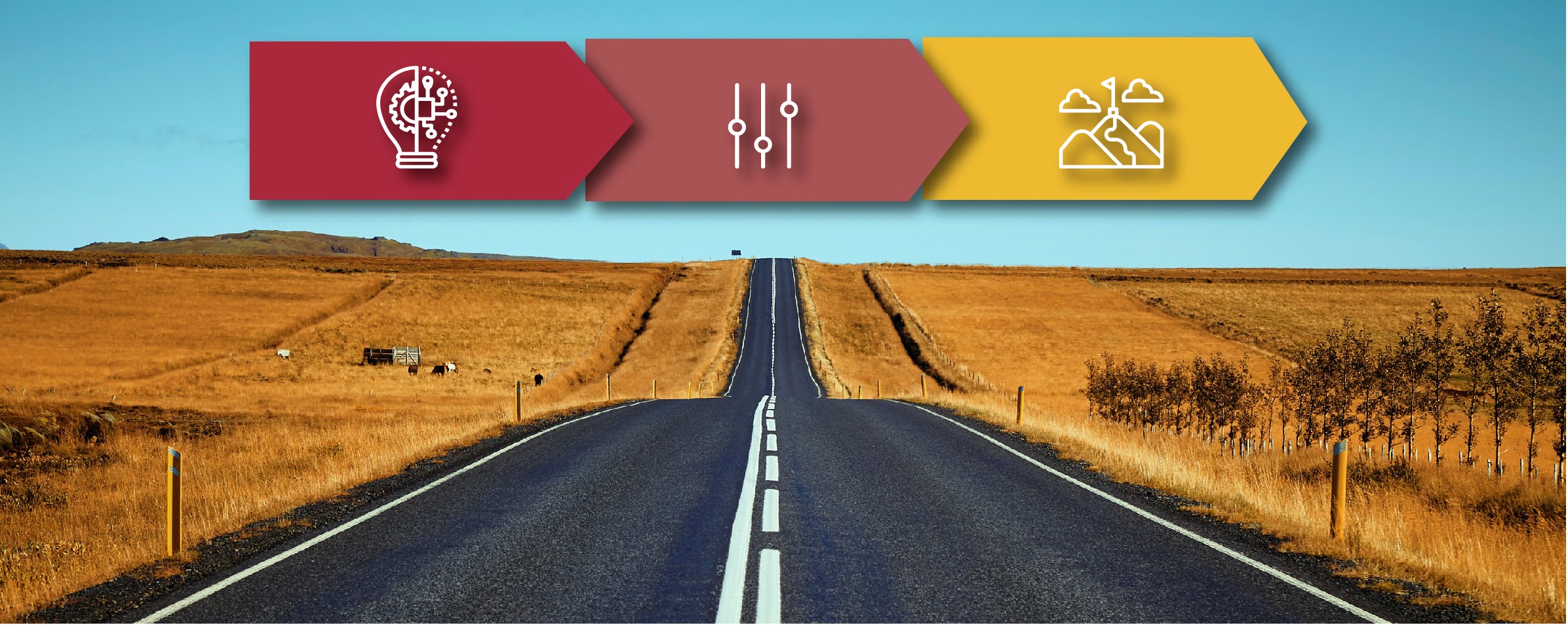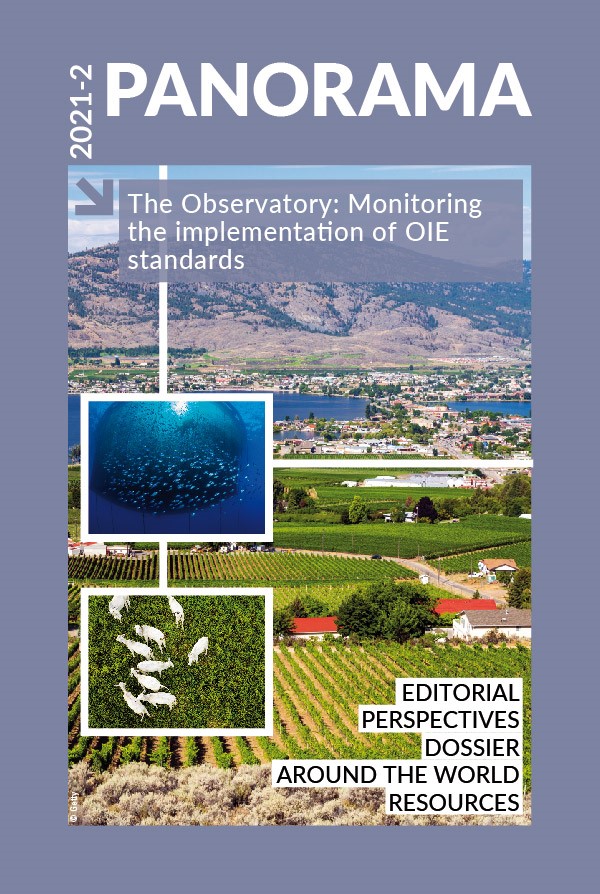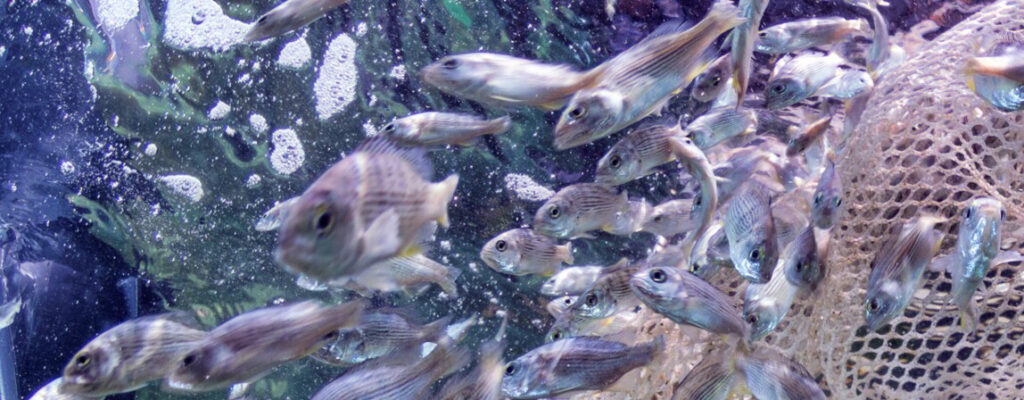Perspectives Posted on 2021-12-20 15:03:04
OIE actions
OIE Observatory: pathway from vision to reality
Keywords
Authors
Karen Bucher, Standards Department, World Organisation for Animal Health (OIE).
The OIE has devised a multi-phased approach to establish the OIE Observatory.
The design phase: learning from the experience of other international organisations
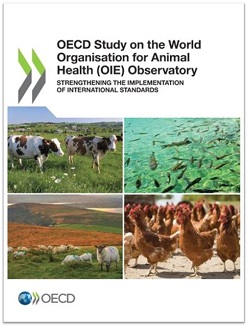 In July 2018, the OIE entered into collaboration with the Organisation for Economic Co-operation and Development (OECD) to benefit from the OECD’s expertise in international regulatory cooperation. An OECD study provided the OIE with recommendations on how it can use its existing institutional framework and information-collecting mechanisms to establish the OIE Observatory.
In July 2018, the OIE entered into collaboration with the Organisation for Economic Co-operation and Development (OECD) to benefit from the OECD’s expertise in international regulatory cooperation. An OECD study provided the OIE with recommendations on how it can use its existing institutional framework and information-collecting mechanisms to establish the OIE Observatory.
Pilot phase: an iterative process to understand, explore and realise this objective
Since the OIE Observatory’s purpose is to cover all OIE standards, a gradual approach has been developed, starting with the implementation of a pilot phase. One of the objectives of this first phase is to identify the existing mechanisms that could generate insights into the present implementation of OIE standards, as well as the barriers facing OIE Members.
To this end, small-scale preliminary studies called ‘prototypes’ are being developed. These prototypes will contribute to the development of a ‘Standards Monitoring Framework’, which will define a standardised and repeatable methodology and metrics. These metrics will in turn be used to produce OIE Observatory Standards Implementation Reports, to be published on an annual basis.
The engagement of OIE Members and key stakeholders is essential to ensure the success of this project
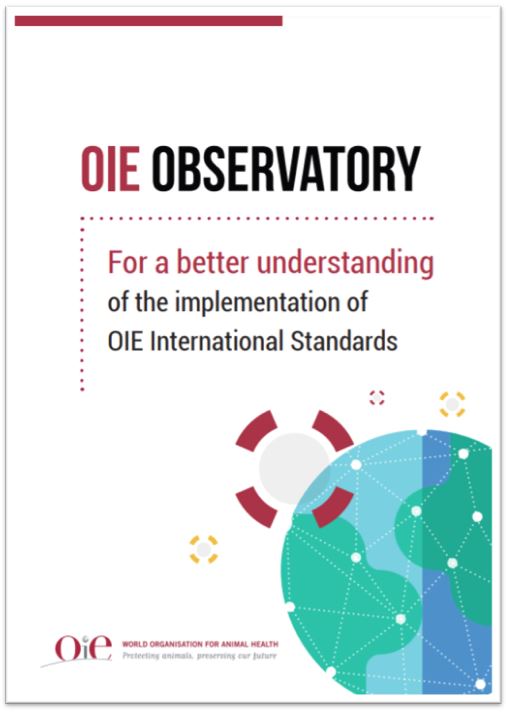 The involvement of Members and key stakeholders takes place at various levels:
The involvement of Members and key stakeholders takes place at various levels:
- the OIE Council plays a strategic role in the governance of the project;
- the Reference Group provides technical support during the design phase and pilot phase. The Reference Group is composed of representatives of Members, regional economic communities and partner international organisations(1);
- communication with all Members. In 2021, a newly developed portal brings together all information related to the design and pilot phases of the OIE Observatory.
The OIE Observatory is a challenging project which will move forwards gradually and allow the Observatory team to ‘learn by doing’. Many benefits are expected, in particular from making the best use of the information collected by the OIE to promote the implementation of OIE standards.
________________________________________
(1) The Reference Group is composed of representatives from:
– OIE Members: Canada, Chile, People’s Republic of China, New Zealand, South Africa, Tunisia;
– regional economic communities: the Eurasian Economic Commission, European Commission, Gulf Cooperation Council;
– international organisations: the Codex Alimentarius, Food and Agriculture Organization of the United Nations (FAO), Secretariat of the International Plant Protection Convention (IPPC), Organisation for Economic Co-operation and Development (OECD), Standards and Trade Development Facility (STDF) and the World Trade Organization (WTO).
|
You may also be interested in the following articles included in this issue of Panorama:
|
https://doi.org/10.20506/bull.2021.2.3278




